

Der Rote Rausch || The Red Pastures || The Red Intoxication (1962)
availability: this film was recovered in March of 2002; copies are limited. I managed to purchase mine from Germany through a seller on eBay who sent over multiple copies of the film--one PAL format and the other for NTSC players. Niether have subtitles, and so a lot of guesswork was involved concerning my reading of the plot.
the film (spoilers):
I like to watch Kinski in his earlier roles as he more often portrays genteel characters, which is so unlike his general nature. See the Kinski-Herzog documentary My Best Fiend (1999) for a recollection of Kinski blow-ups, or else the Fitzcarraldo making-of documentary Burden of Dreams (1982) or otherwise most any Kinski interview that isn't his comparably docile appearance on Letterman.
In Red Pastures Kinski portrays a serial murderer having escaped a penetentiary for the criminally insane. This murderer assumes the identity of a long-missing field worker, Martin, after a woman named Katrin mistakes him for her missing husband. He tries to re-integrate himself into society and must also stifle his specific compulsion to kill women that wear red necklaces.
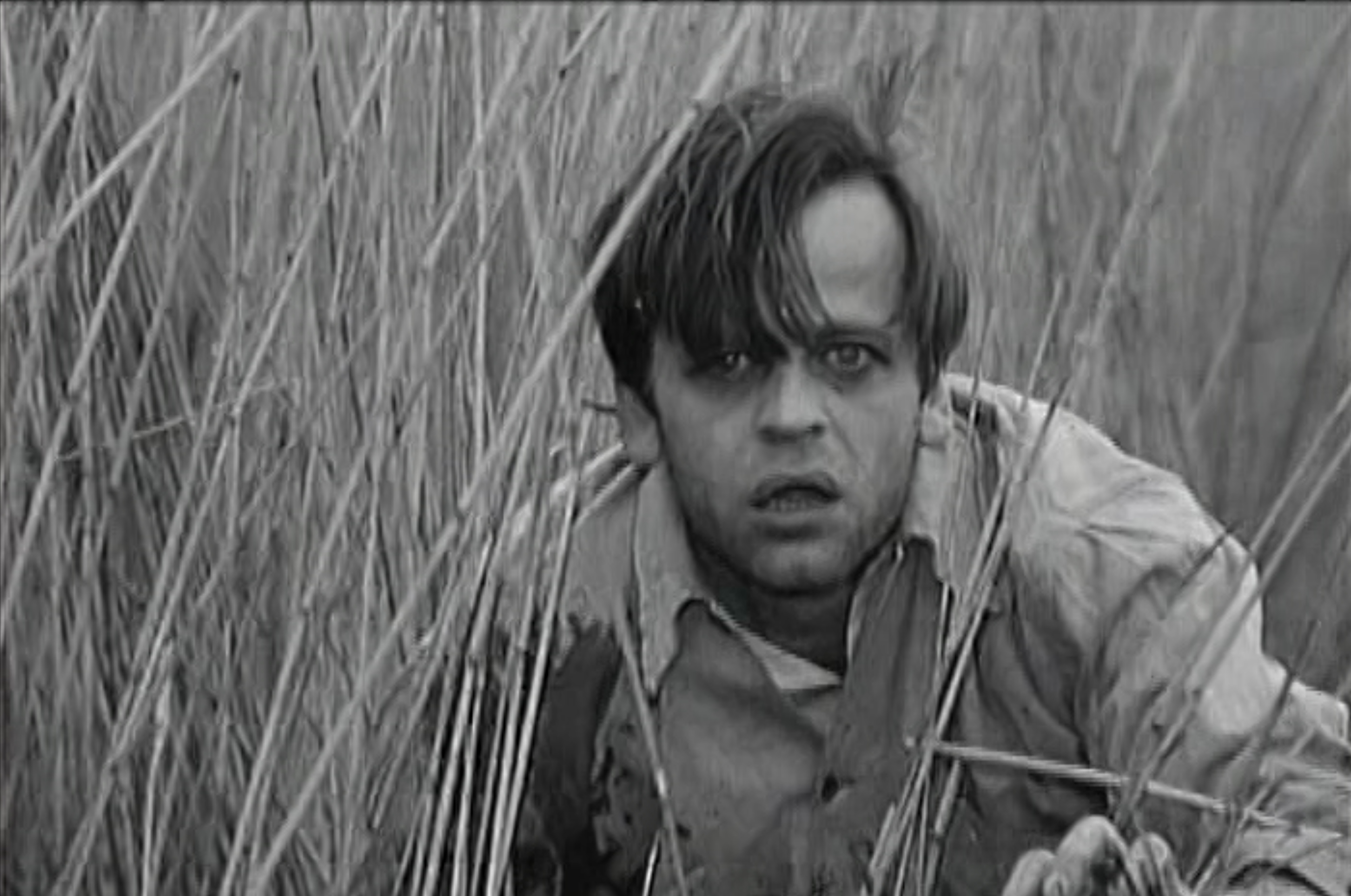


The film takes a surprising approach in its treatment of Kinski's character; this Not-Martin is still a serial murderer but is given an unexpected amount dimensionality. He isn't some unbothered killer but is in fact capable of feeling remorse and fear. He is well aware of the danger he poses to himself and others, but he also fears the claustrophobic quarters of the penetentiary and doesn't care to return. This is most apparent when other field workers lock him in a room as he still sleeps. On waking, he remembers his time confined to a cell and panics. He is only comforted when Katrin hears him and unlocks the door.
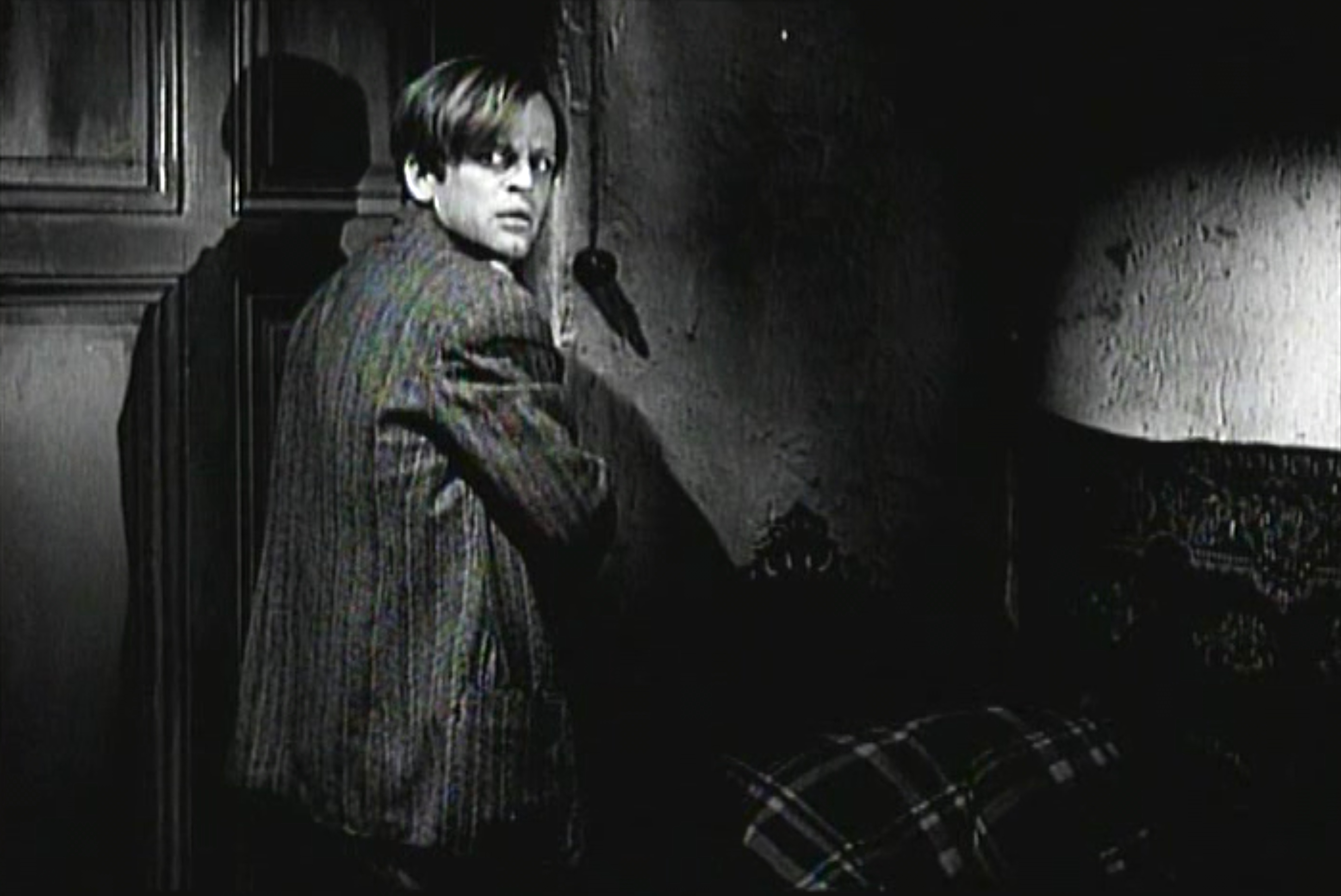


He seems to have a genuine attachment to Katrin and her son; additionally, he warms to the work involved in his adoptive role as a field hand. He proves to be an adept mechanic and fixes tractors and other heavy machinery throughout the film's runtime. But this character bleed between killer and civilian is most noticeable in his softer interactions with Katrin and her son; he puts on puppet shows for Katrin's son in the hayloft of one of the barns, fixes his bike chain, and he buys gifts for him as if the boy were his own. And he becomes doubly attached to Katrin, eventually trusting her enough to confess to her his true identity.



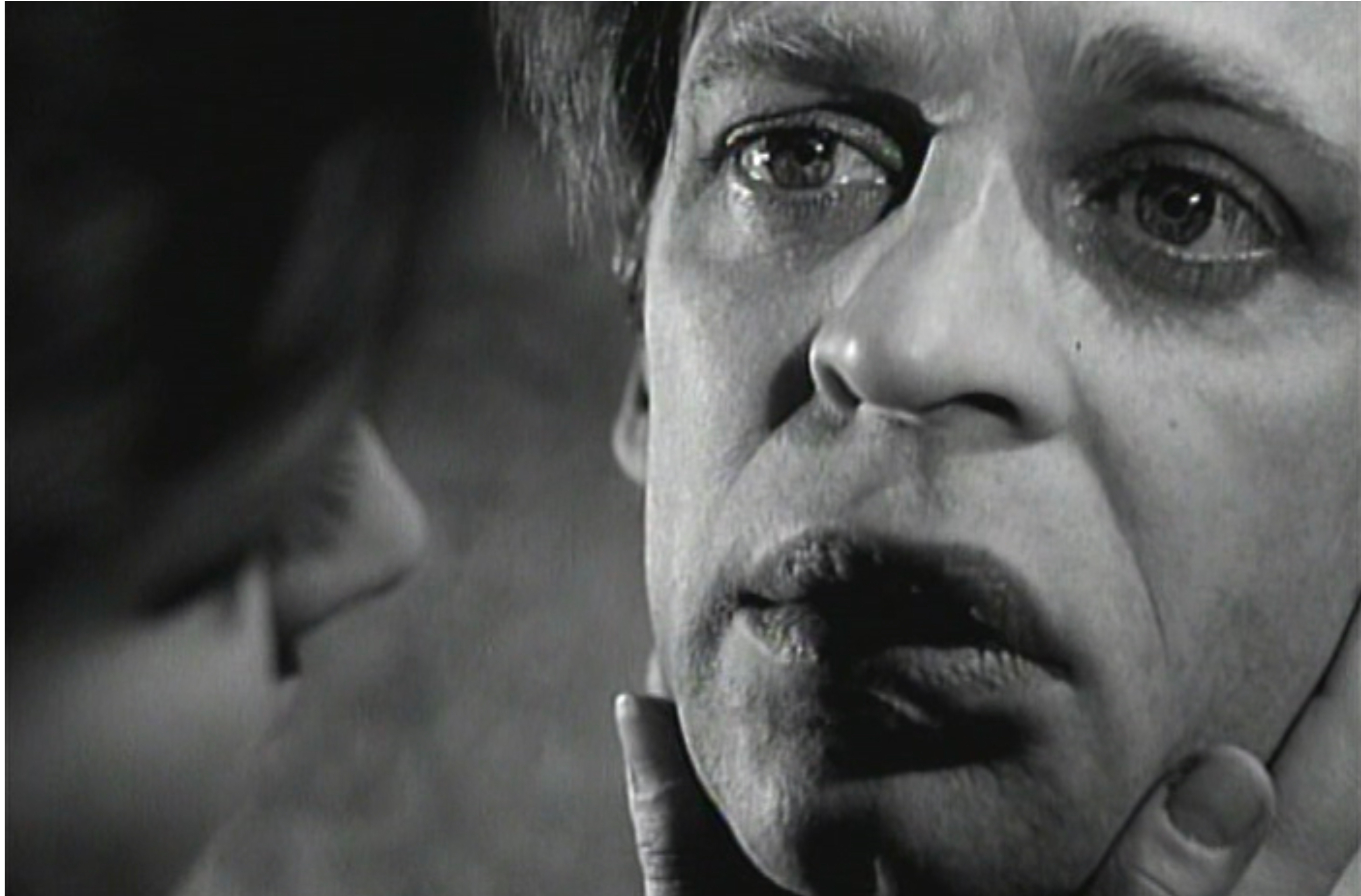
Though he cares for Katrin and her son, his impulse is too much for him and he later attempts to kill Katrin in the hayloft of one of the barns (as she chose to wear a red necklace that day for a wedding party). But a wooden board splinters from behind her back and she falls from the loft to a stack of hay. Katrin's son is witness to this attempt and runs for help.


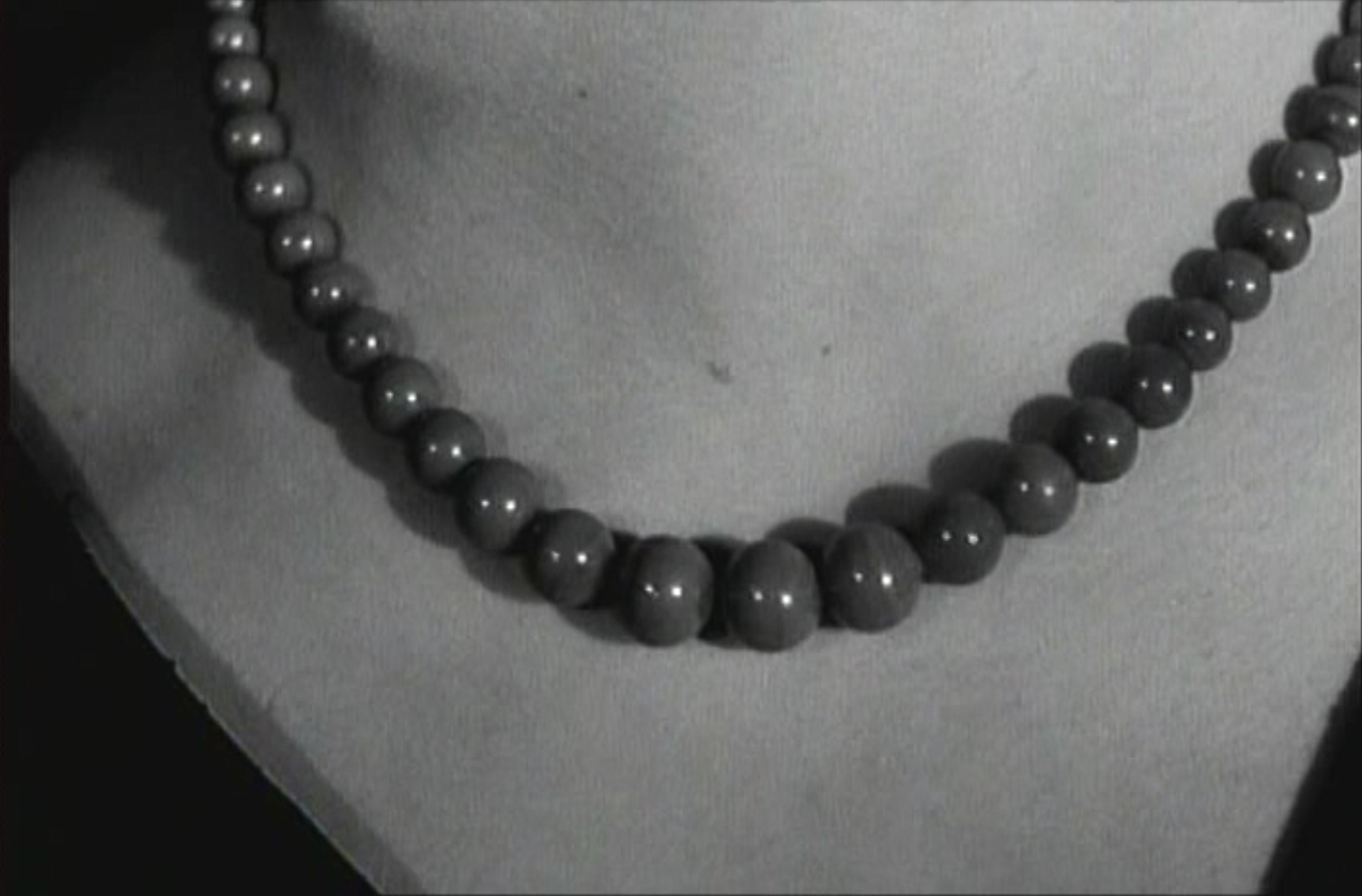



The film ends in a burning reed field as the other field workers set fire to the reeds in an effort to prevent Stief's escape. Katrin wakes after her fall and meets the others at the edge of the field; she begs them to stop as she still thinks things might be set right. They ignore her agonized cries--this is the last we see of Katrin.

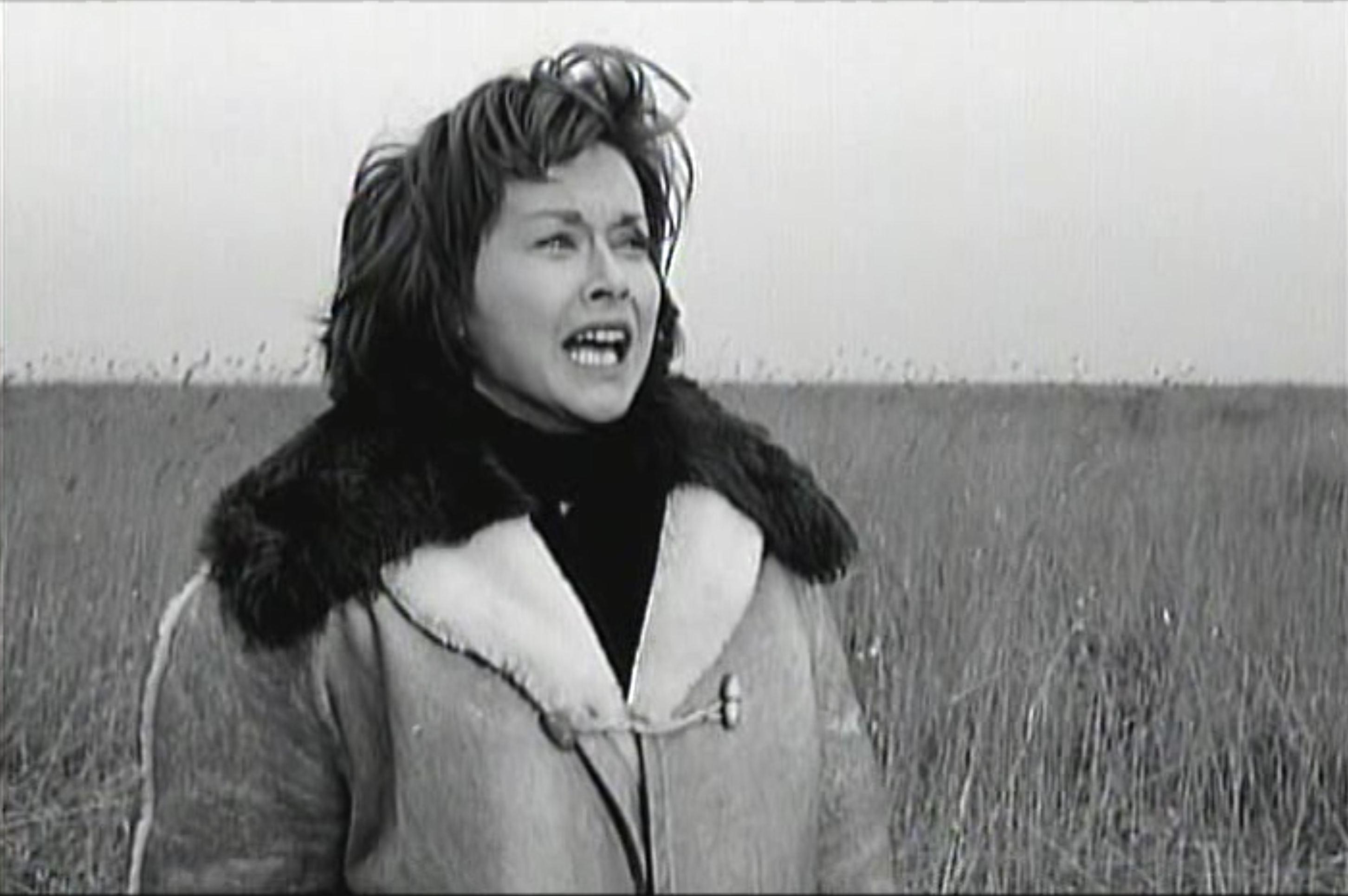


Somehow, Stief survives the ordeal. He returns quietly to the hospital, having decided that it is better for others that he remains within its walls.
behind the camera:
As this film is only recently unearthed, there is not much information on its production. Kinski touches on his filming experience briefly in his autobiography Kinski Uncut. He recounts the shooting of the film's end—an apparently exhaustive shoot in that burning field:
During the shooting that riffraff nearly burned me alive. I'm supposed to head into the reeds; there, according to the script, I'm to die in the flames. After pouring twenty gallons of gasoline into the reeds, they ignite them. The wind shifts, and the flames sweep together in front of me and behind me. I stamp through the ice crust on the shallow, muddy water and leap in so as to soak my hair and clothes; then, lowering my head, I charge through the fiery wall like a bull. I fall several times, cutting the veins of my lower arms on the reed stubble, which is sharp as knives. The blood shoots from my injuries.
"Marvelous," some cattle driver in the crew bleats. This wretched gang of killers doesn't have so much as a Band-Aid, so I have to bandage my veins with strips torn from my shirt.
That's what a normal day is like in the biggest reed swamp in Europe. We can penetrate it only on vehicles with Caterpillar chains, otherwise we'd sink right in. (Kinski 145).



He also details an alleged affair with a woman he refers to as Claudia, though this is thought to be his costar Brigitte Grothum. I say alleged as Kinski's autobiography is widely regarded as performative in nature. This apparent affair lasted over the production of multiple films, as both Kinski and Grothum starred together in a subsequent, immediate filming of another krimi, The Inn on the River (1962) based on one of Edgar Wallace's crime novels. In the 60s many of Wallace's novels were adapted into Kriminalfilm(s); Klaus Kinski starred in more than 10 Wallace adaptations during the 60s (and he regarded them as garbage films). But I enjoy some of these krimis, with Die Seltsame Gräfin being my favorite that Kinski had a part in.
But according to Kinski, this alleged affair between he and Claudia put no small amount of tension between Kinski and his second wife, Biggi, as shortly before the filming of Red Pastures Biggi suffered a miscarriage (which Kinski only touches on in passing):
Biggi believes she's pregnant again. But she loses the embryo in the toilet. She held her hand underneath, catching the embryo in a tissue and then showing it to me. It looks like a teensy white frog. Its arms, legs, hands, and feet are almost developed. The head is recognizable only by its shape, and the face has no contours. Two dark dots the size of pinheads are visible where the eyes might be expected.
For a couple of days Biggi is very listless and dejected. Then she recovers, and I try to take her mind off her terrible experience. (Kinski 144).
I've struggled to dig up any further information on Red Pasture's production outside of Kinski's brief account (which offers little beyond detailing the reed shoot, the affair, and Biggi's miscarriage).